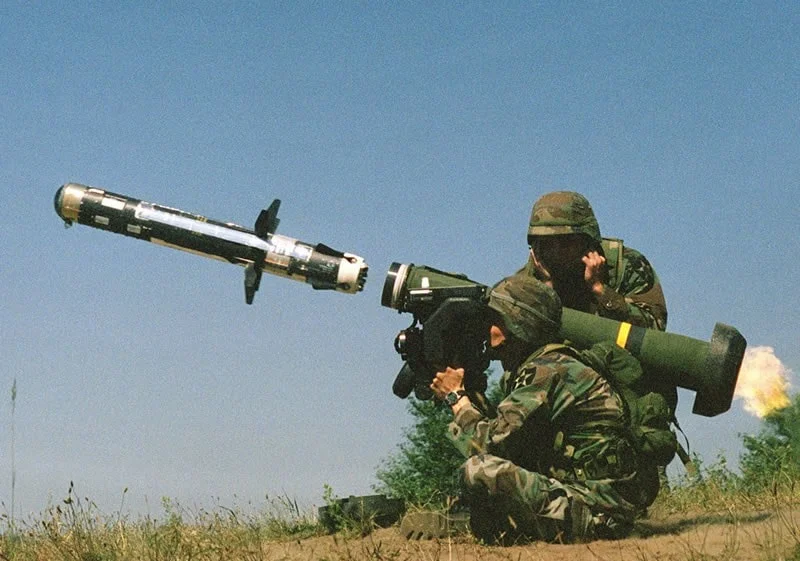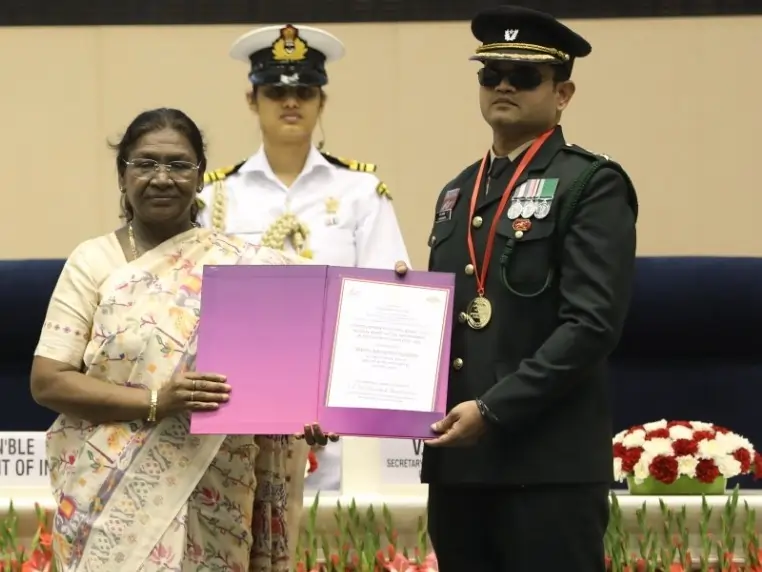The Defence Research and Development Organisation (DRDO) has marked a significant milestone with the successful completion of user trials for its Man-Portable Anti-Tank Guided Missile (MP-ATGM). This achievement has led to the green light for the missile’s induction into the Indian Army, according to officials. As part of its modernisation efforts, the Army has simultaneously advanced the procurement process for a next-generation anti-tank guided missile (ATGM) by issuing a Request for Proposal (RFP), inviting domestic industry participation.
Developed with substantial collaboration from Bharat Dynamics Limited (BDL), the indigenous MP-ATGM has shown commendable performance during rigorous evaluations conducted at the Pokhran range in Rajasthan. Trial results confirm that the missile’s innovative tandem warhead is capable of overcoming modern reactive armour configurations, thus meeting the Indian Army’s stringent lethality requirements against contemporary main battle tanks.
Key features of the MP-ATGM include an Imaging Infrared (IIR) seeker with AI-assisted image processing, allowing for a fire-and-forget capability. The missile supports both top-attack and direct-attack modes, with an operational range between approximately 200 metres and 2.5 kilometres. Designed for portability, the launch unit weighs under 15 kg, making it suitable for infantry mobility. Its tandem HEAT warhead is specifically effective against explosive reactive armour (ERA) and modern armoured vehicles. The project’s indigenous design further underscores India’s commitment to self-reliance in defence manufacturing.
Officials described the MP-ATGM as a cost-effective and terrain-adapted alternative to older second-generation systems like the MILAN and Konkurs, thereby providing a modern, domestically-produced capability for infantry and special forces. Following the successful completion of acceptance trials, BDL is preparing for production readiness.
In parallel, the Indian Army has formalised an RFP for a fourth-generation ATGM program, aimed at developing a longer-range, networked weapon equipped with a multi-mode seeker to effectively counter active protection systems (APS). The anticipated fourth-generation system would incorporate advanced features such as multimode seekers (combining IIR, radar, laser, and beyond-line-of-sight capabilities), networked fire-control systems, higher operational ranges, and guided terminal manoeuvring capabilities. The Make-2 procurement pathway is under consideration, planned to promote public-private partnerships and secure assured orders for successful prototypes.
Defence sources indicate that this initiative aims to bolster India’s indigenous research and development and manufacturing capacity in advanced anti-armour technologies, thus fostering innovation within the private sector alongside Defence Public Sector Undertakings (DPSUs).
As the MP-ATGM enters a competitive landscape populated by global alternatives like the Israeli Spike system and the American Javelin, it positions itself as a lightweight and highly portable option for short to medium-range engagements, up to 2.5 km. Meanwhile, the forthcoming acquisitions are expected to address existing capability gaps against modern APS-equipped armoured forces.
Looking ahead, BDL is anticipated to ramp up production following formal induction orders for the MP-ATGM. The RFP for the fourth-generation ATGM will pave the way for prototype development and comprehensive evaluations under the Make-2 framework, with future demonstrations and user trials likely leading to final selection and production contracts.















